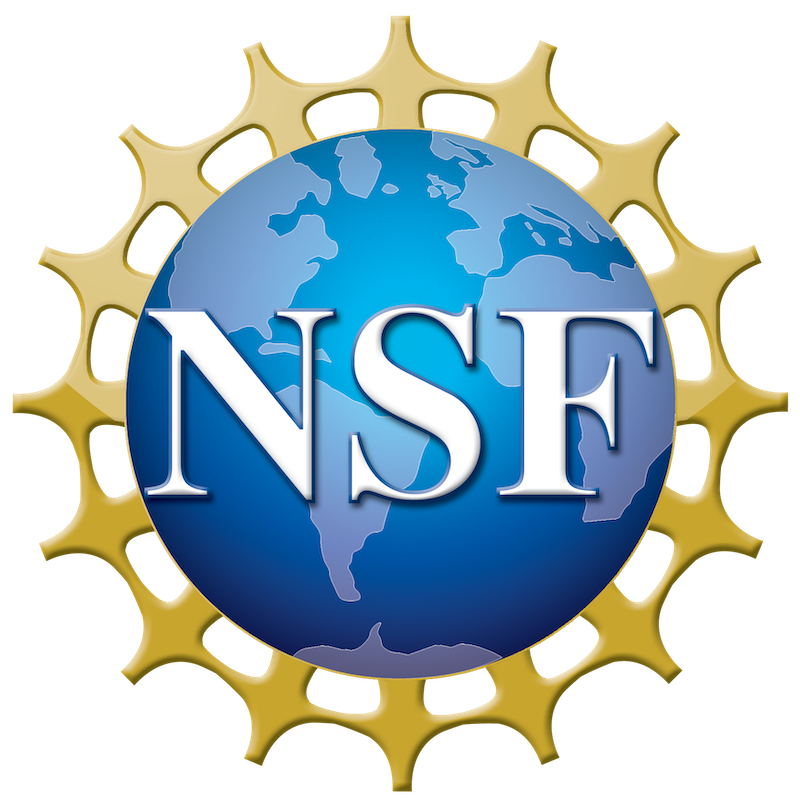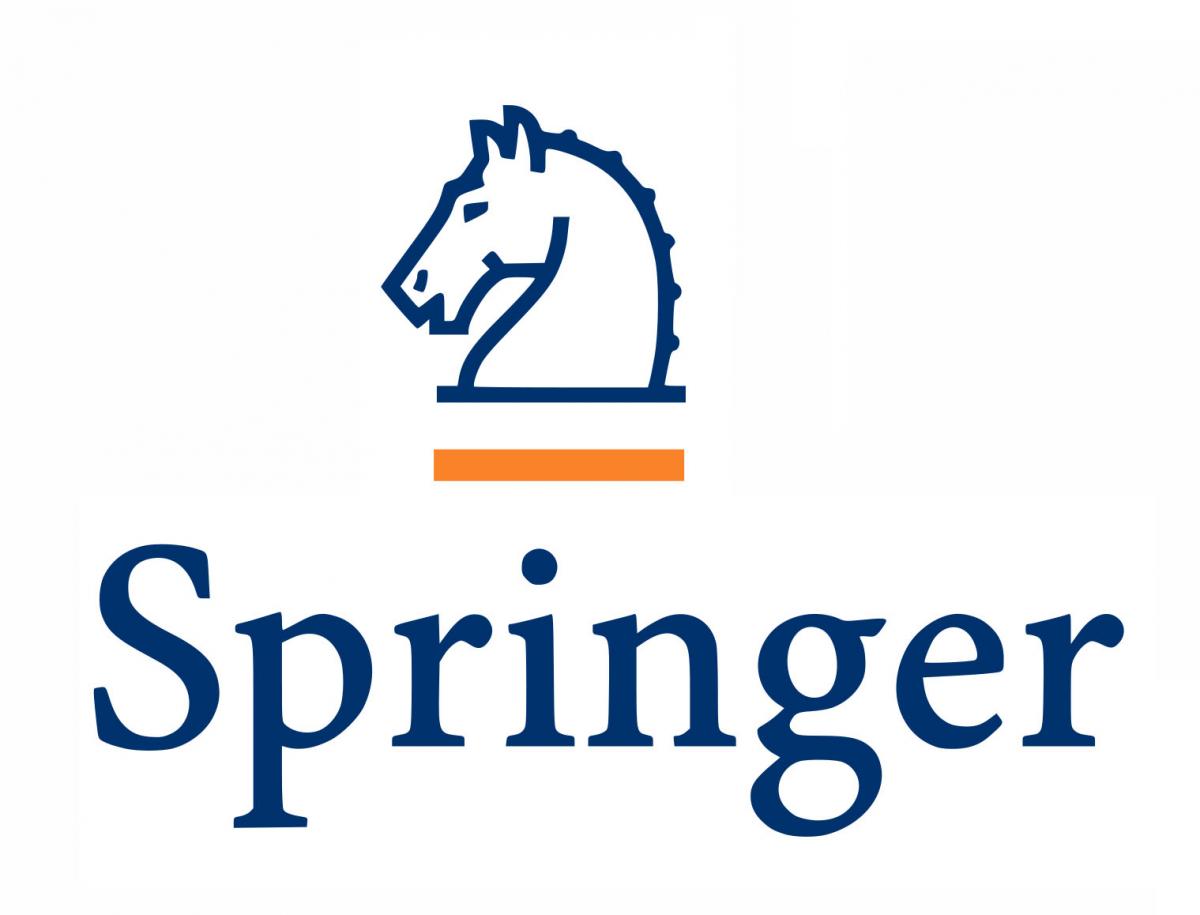Albert To, University of Pittsburgh
Yuichiro Koizumi, Osaka University
Stefan Kollmannsberger, Technical University of Munich
Andreas Lundback, Lulea University of Technology
Gregory Wagner, Northwestern University
Ashley Spear, The University of Utah
Dan Moser, Sandia National Laboratories
Kyle Johnson, Sandia National Laboratories
Mike Stender, Sandia National Laboratories
Theron Rodgers, Sandia National Laboratories
Various additive manufacturing (AM) techniques including 4D printing have been developed to manufacture complex-shaped components with well-controlled precision. Sophisticated AM techniques often require systematic modeling and simulation efforts during the design stage and for the purpose of part qualification/certification. The objective of this minisymposium is to provide a platform to discuss recently developed modeling and simulation techniques for AM, including experimental calibration and validation efforts for the process. The topics include (but are not limited to):
- Simulation of the manufacturing process to predict heat transfer, residual stress/distortion, surface topology, composition, and microstructure including defects at multiscale length and time scales
- Data-driven approaches for simulation acceleration
- Combined simulation and in-situ monitoring for rapid build qualification
- Effects of microstructure and defects on mechanical properties
- Feedback control for minimizing defects and residual stress in as-built structures
- AM-oriented topology optimization
- Modeling and simulation of functionally graded materials, tissue engineering scaffolds, bioinspired composites, bi-material joints, etc
Computational modeling and simulation for any AM processes (e.g. laser power bed fusion, electron beam melting, form deposition modeling, stereolithography, binder jetting) and materials (e.g. metals, plastics, ceramics and their composites as well as biological materials) are welcome.











